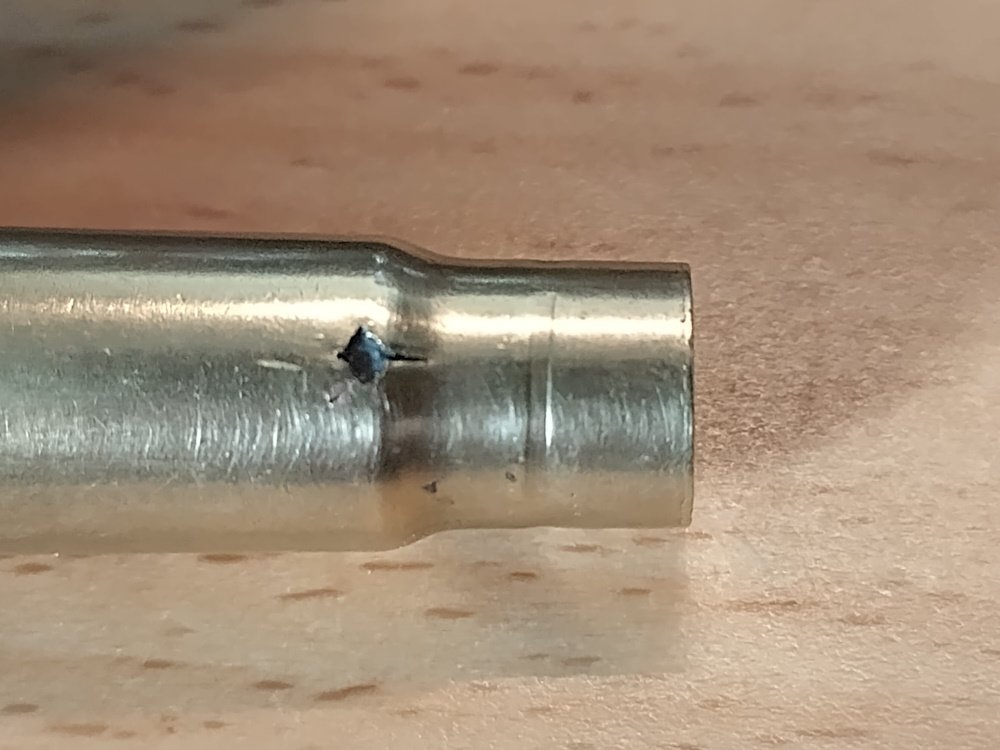I picked up a used rcbs for 45 bucks when making some 300blk brass. My cordless Craftsman drill chucked right up after pulling the handle and worked great for processing. Pretty happy with this setup, but I probably don't process the volume you do.
If you get a 300 blk at some point I'd like first shot at your 3x fired cases
If you get a 300 blk at some point I'd like first shot at your 3x fired cases














